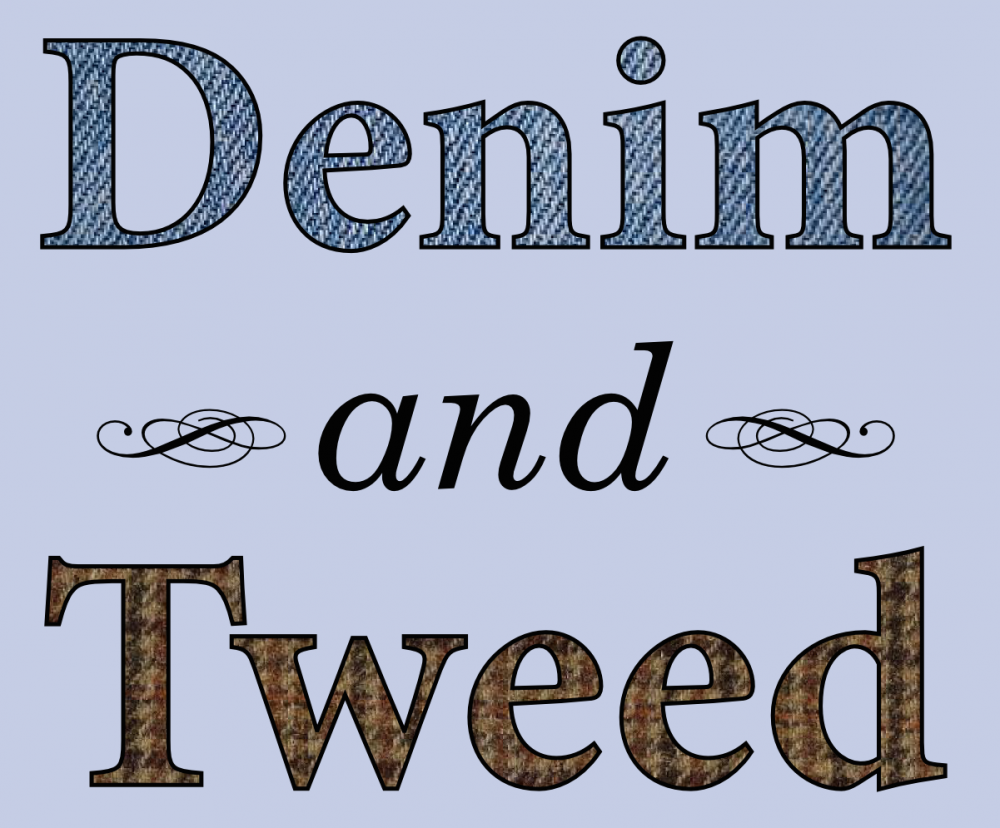Happy New Year, everyone! The year 2010 was another good one for this little corner of cyberspace. As I did last year, I’m going to spend a post quantifying how good the year was.
 Weekly visitors to D&T in 2010 (blue line) compared to the same date span in 2009 (green line), as tabulated by Google Analytics.
Weekly visitors to D&T in 2010 (blue line) compared to the same date span in 2009 (green line), as tabulated by Google Analytics.In 2010, I wrote 184 posts, just over 15 per month. These drew 28,308 pageviews by 18,994 visitors—that’s almost 154 pageviews and just over 103 visitors per post, on average. That’s also more than 1,580 visitors a month, and over 35 percent more than in 2009. This is all given that I actually did a little less posting than in 2009, when I wrote 229 posts.
More navel-gazing after the jump!
The top three Google search phrases (excluding my name and “Denim and Tweed”) bringing visitors to the site in 2010 were “eastern and western yucca trees,” “cuckholding,” and “what makes a species.” Further down the list are “eating tits” and “clitoris,” which I can only imagine result in disappointed searchers.
 You were popular, J.B.S., but not as popular as orgasms.
You were popular, J.B.S., but not as popular as orgasms.The three most popular posts of 2010 were mostly in the last couple of months of the year. In no particular order, they were about being a gay biologist (which received 368 pageviews in its first two weeks online), J.B.S. Haldane’s ties to the Communist Party (283 pageviews), and the adaptive function (or lack thereof) of female orgasm (599 pageviews). If there’s a common thread uniting those three, I don’t know what it is. The first is among the most personal things I’ve posted here, the second is easily the most ambitious piece I’ve written for D&T, and the third I frankly tossed together as a quick and fun Carnal Carnival contribution. They all benefited from strong interest on Twitter, though, and I’m mighty grateful for the folks who passed on links, especially power-Tweeters Bora Zivkovic and Steve Silberman.
Although D&T is still a side project, I’d like to think I’ve made it a bit more professional and integrated it into my scientific career more solidly this year. I sprang for a unique domain in February, instituted weekly linkfest posts, and—apart from a hiatus for fieldwork and another for being a grad student—kept pretty close to a once-a-week rhythm for science posts. I’ve now cited this blog as a “broader impact” in a couple of grant applications, and link to it directly from the publications list on my professional site. So I guess it’s officially something I do as a scientist.










